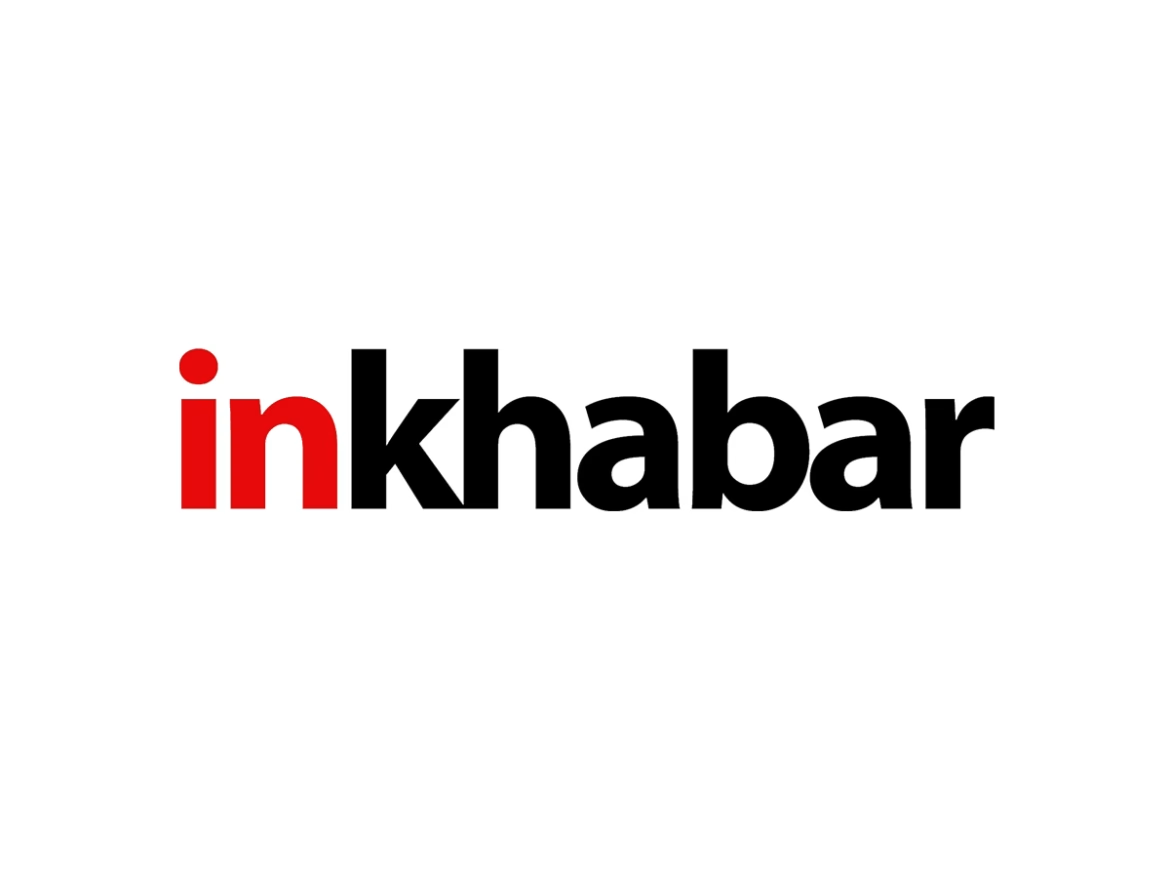Chips are a treat, whether you pick up a bag from a food stand or order them as a side dish in an upscale restaurant. The good news is that you can make some that are just as delicious at home, too. Luebeck, Germany (dpa) – Who invented them? That's disputed, but probably someone in Europe. The Belgians have a strong claim, and today they love their fries so much that they are available on every corner, consume more than most nations and discuss them deeply at every opportunity. How can you make fries at home that taste just as good as those from the takeaway? Two professional chefs share advice on how to enjoy tasty and healthy chips. Deep-frozen or home-made? People who make chips at home usually opt for frozen products. "Frozen is convenient and quick," notes Annegret Hager, a consumer protection advocate in Germany. They do not take much time to prepare as you just take the fries straight from the package and out them in the oven or deep fryer. Thanks to deep-freezing, they also keep for longer and are easy to store. Just like the type of potato and fat used, you have no control over any additives, such as dextrose, however. "You have to keep testing until you find the brand you like," Hager says. However, the flavour often cannot compete with home-made chips. It is for this reason that frozen fries are out of the question for Jannik Degner, a food blogger and enthusiastic amateur chef in northern Germany. "Home-made fries taste so much better," he says. Since they are cut from fresh potatoes, they have a more intense taste and a better consistency. Also, the cook can determine which type of potato, cooking oils and seasonings to use. And naturally, you can cut your fries thick or thin, short or long, depending on your preference. To fry or bake? That is the question Whether frozen or home-made, fries have to be cooked one way or another. Often the times stated on the package are too short to achieve a crispy result, Degner and Hager say. Outside the home, fries are mainly prepared in a deep-fat fryer. They taste best when fried in fat, plus the process is quick and they come out evenly crispy. But not every household has a deep-fat fryer. "Buying a fryer is only worthwhile if you use it regularly. Whereby I would advise against this because of the fat content," Hager says. She advises only occasionally eating fries at a party or a snack stand, while at home trying to cook foods that have lower fat content. Hot-air fryers are meanwhile becoming increasingly popular and appear to be a good compromise. Instead of swimming in oil, the fries lie in a basket and are bathed in hot air. But once again, a purchase only makes sense if you are going to use the hot-air fryer regularly. But all kitchens have a baking oven and using that to prepare fries involves even less fat since you only baste the chips with a small amount of oil. Degner has this tip for oven-baked fries. Place them on a grill instead of on a metal tray, and with the oven fan turned on, so the fries will be crispy on all sides. To make them extra-crispy, Degner at times opens the oven door to let steam escape. Home-made French fries Anyone who has previously put home-cut potato sticks in the oven or deep-fryer and thought the bland result was inevitable is mistaken. The first trick to creating snack bar-like fries is choosing the right type of potato. "The Belgians swear by floury varieties, such as Bintje, because they have a preference for fries that are fluffy on the inside," says Degner. "If you want a more creamy, firm inside, use a predominantly waxy potato variety." But for oven baking he advises using a floury variety. To start, you peel and wash the potatoes. Or if you want a rustic touch, leave the skin on and thoroughly scrub it under water. Then cut the potatoes into even-sized sticks. Thick or thin, that is a matter of personal taste. For oven-baked fries, 1 centimetre is ideal. "Once the fries are cut, you should water them a bit to wash off the starch," says Hager. "This makes the potatoes crispier later on. Then you let the fries thoroughly dry off." Degner combines the soaking and subsequent pre-cooking in a single step. "I blanch the sticks in boiling vinegar water for four minutes. This washes off the starch and pre-cooks the fries," he says. He recommends rapeseed or sunflower oil next. "Other vegetable oils, such as olive or coconut oil, are also suitable. Animal fats, such as duck fat, also taste wonderful," he says. Twice through tastes better Those who have the time and want to aim for a truly optimal result will cook the fries twice. After the first round, let the fries cool off. But whether deep-fried, hot-air fried or baked, first the fries are heated at low temperatures – 140 degrees Celsius in the deep-fryer, 160 degrees in the oven – to soften them on the inside. Then you let the fries cool off before cooking them again at a higher temperature – 175 degrees in a deep-fryer or 220 degrees in the oven – until you reach the desired browning level. What you should remember is: High temperatures in the oven make the fries crispy, but also lead to the formation of acrylamide. "Choose a moderate heat. I recommend 175 degrees to be on the safe side," says Hager. Once your fries are done, you're ready to season them with the classic salt or paprika powder and dip them in ketchup or mayonnaise (or both). For a bit of variety, you might try some spicy aioli or fruity chutneys. With a hearty dip and some salad, you can make oven fries a full meal. Whether store-bought or home-made – one thing is certain: Fries taste best hot, so serve them quickly after seasoning and enjoy. The following information is not intended for publication dpa/tmn ode bzl cwg xxde amc dms arw
(The article has been published through a syndicated feed. Except for the headline, the content has been published verbatim. Liability lies with original publisher.)





